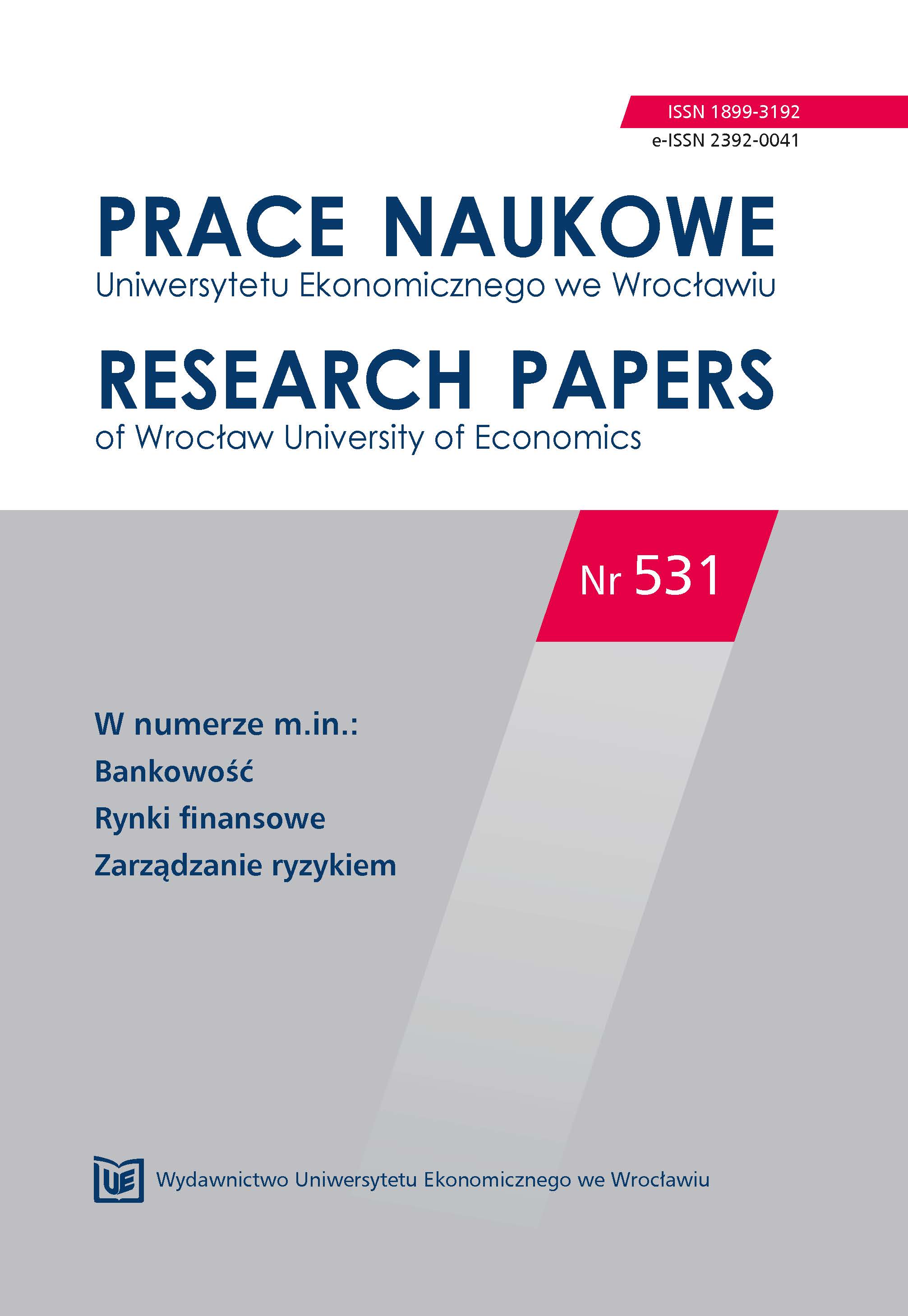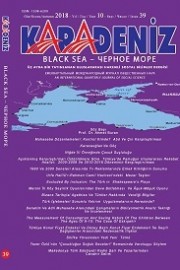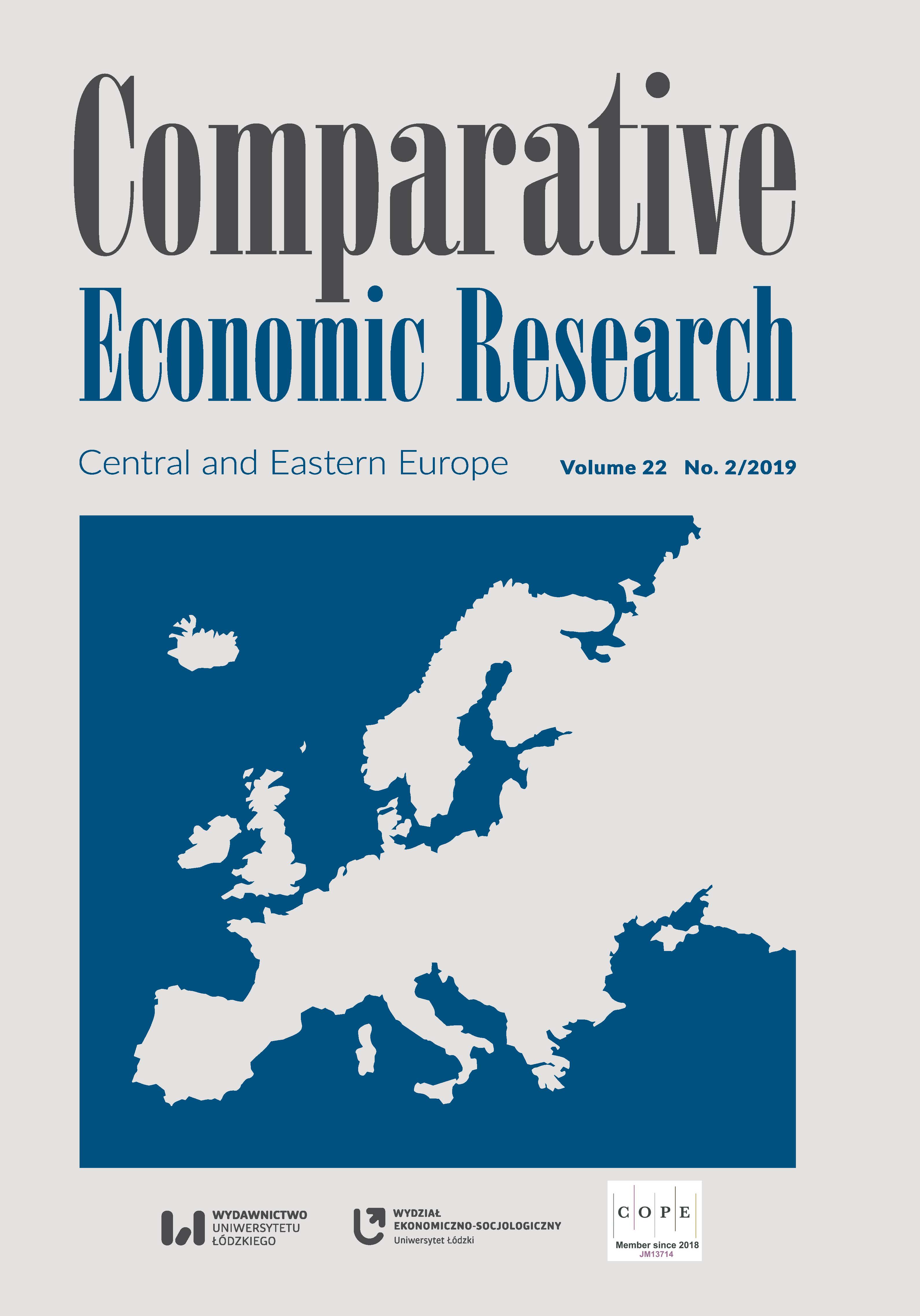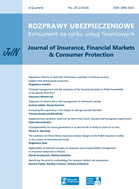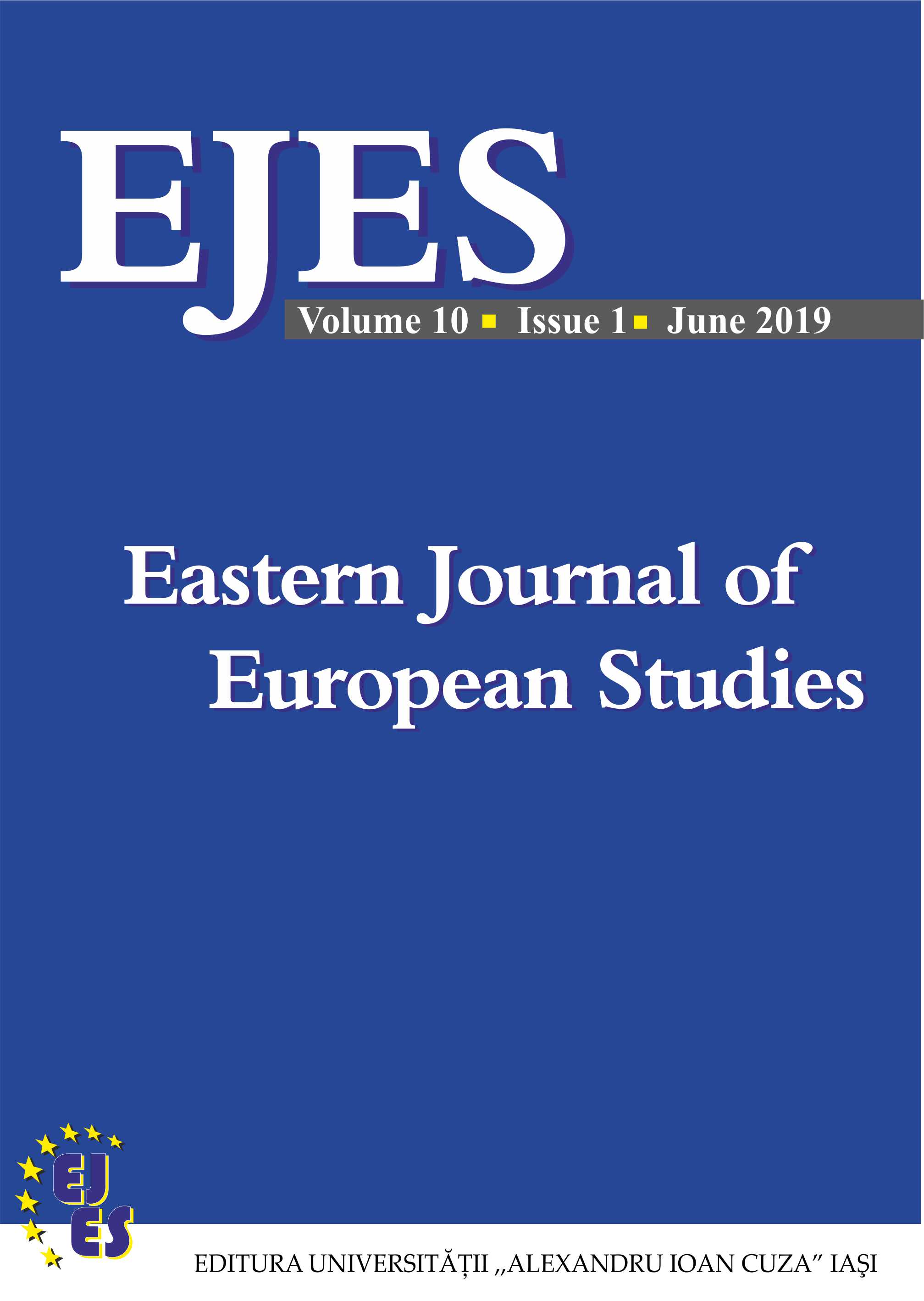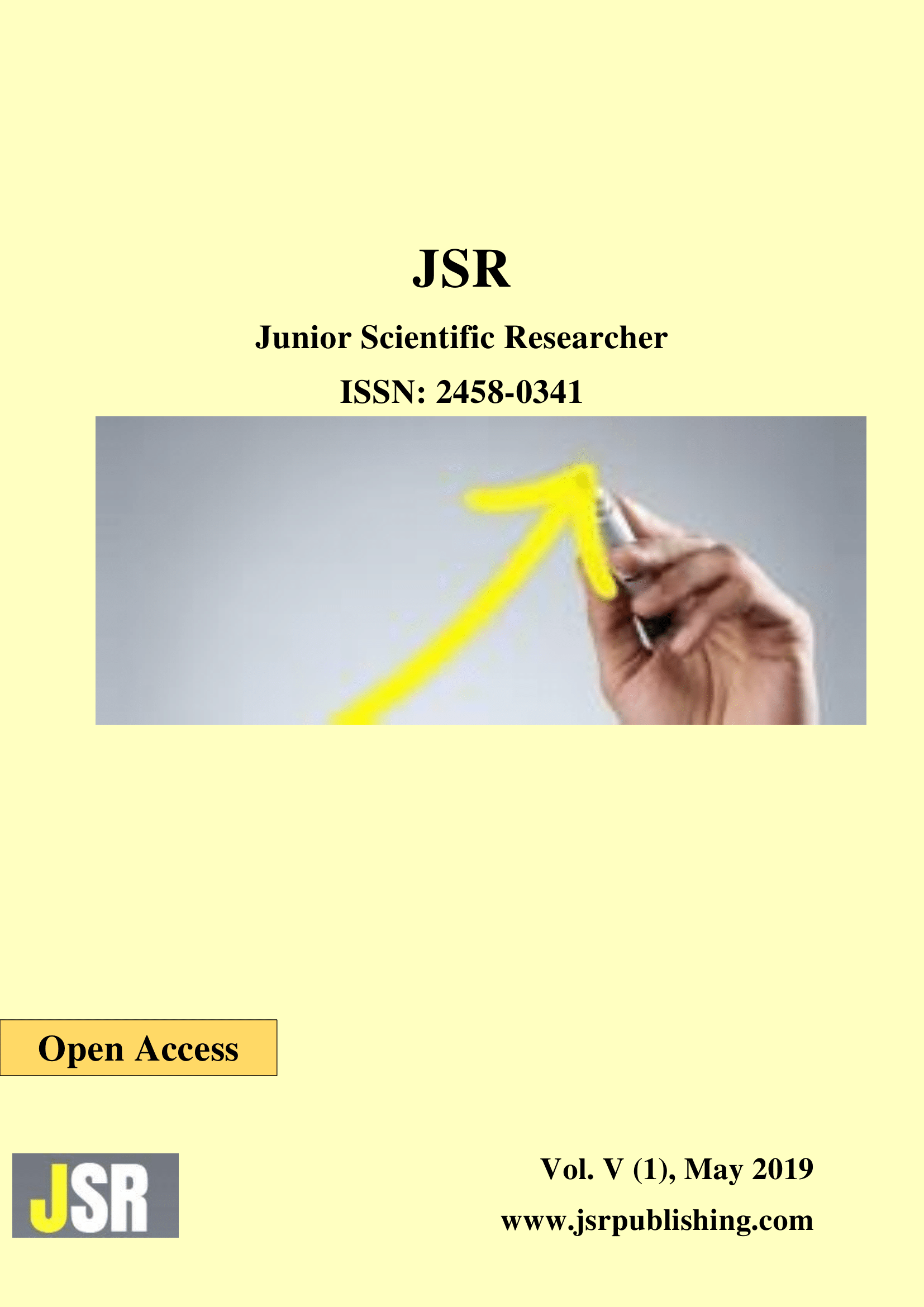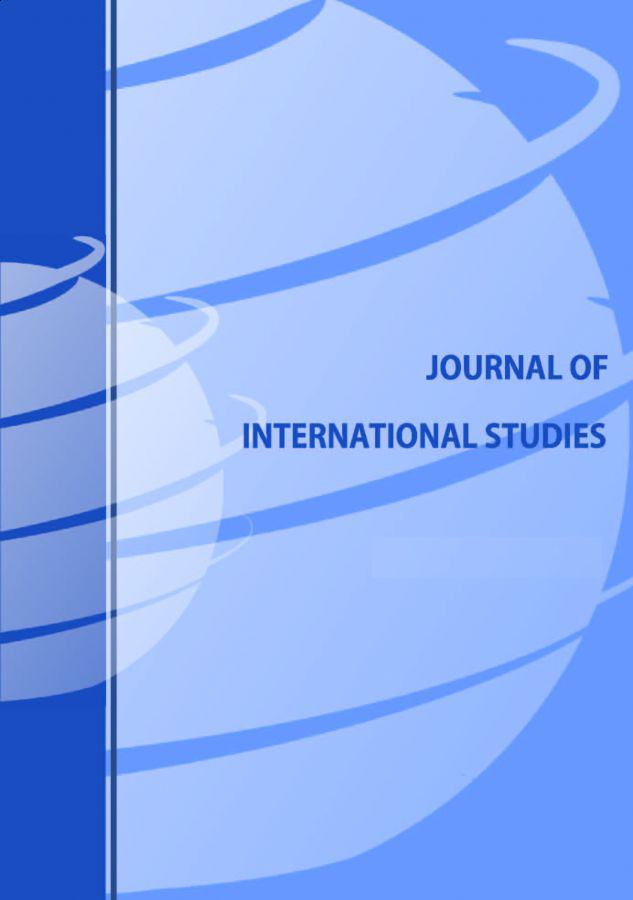Author(s): Anita Pavković,Robert Hrgović,August Cesarec / Language(s): English
Issue: Special/2018
Bank loans are the most important source of the banks’ income and profitability. The structure of loan portfolio, such as maturity, currency, type of interest rate or credited sector, is also highly significant for banks’ business performance. In the latest global financial crisis, quality of the loans sharply deteriorated, thus increasing the percentage of non-performing loans in banks’ balance sheets and causing major problems in business activity for many banks. The events emphasized the importance and potential impact of non-performing loans not just on banks, but on the whole economy and society.
The aim of this article is to analyse determinants of non-performing loans, future challenges and possible solutions of high NPL ratios in Bosnia and Herzegovina and Croatia. Multiple regression analysis was conducted to determine strength and coefficient of the independent micro and macro variables (GDP growth rate, unemployment rate, Consumer Price Index, amount of bank loans and value of stock exchange indexes) on the level of non-performing loans. Obtained results indicate that GDP growth rates are significant in both countries but with opposite impact. Additionally, unemployment rate is significant in Bosnia and Herzegovina and amount of loans in Croatia.
Despite current economic expansion, banks are still slightly reluctant in approving loans, alert of the potential growth of the non-performing loans and its effect on banking performance. In recent years, the level of NPL ratio started decreasing in both countries, mostly due to the selling or writing off loans by the commercial banks, but this level is still higher than in the comparable countries. Therefore, more effort is needed to further improve loan portfolio and enforce economic growth, with possible measures being better banks’ NPL management, improvement of insolvency procedures and more transparent justice system.
More...
